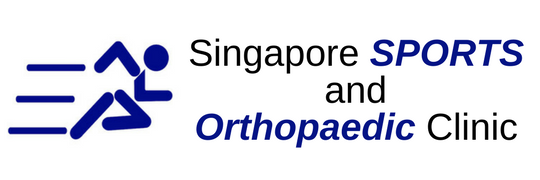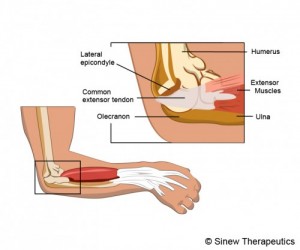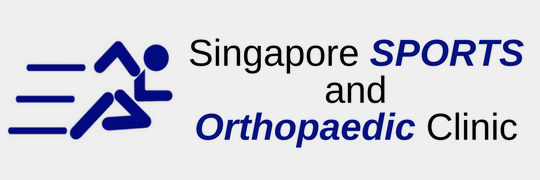What is Elbow Hyperextension Injury?
The humerus, radius and ulna are the 3 bones which make up the elbow. There are 3 joints within the elbow due to this reason. The humero-ulna articulation is the largest joint of the 3 and is responsible for extension of the arm. This is the joint which is injured when the elbow is hyper-extended. Hyper-extension means that the joint is extended beyond its natural range of motion. The damage caused by this type of injury affects the bones, ligaments and possibly other structures within the elbow.
Symptoms of Elbow Hyperextension Injury
Symptoms include:
- Pain when moving or touching the elbow
- Swelling
- Redness
- Stiffness
- Loss of strength in the arm
- Muscle spasms
- Limited mobility
Severe injuries can deform your elbow and decrease blood circulation in the affected area.
How are Elbow Hyperextension Injury diagnosed
The doctor examines the patient’s medical history and carries out a physical exam of the arm to diagnose for hyper-extension.
The doctor checks for any kind of pain or discomfort during this exam. They ask the patient to hold their arm in different positions, with the elbow bent at different angles.
The doctor also looks for signs of bruising or swelling.
Doctors may order imaging scans, such as MRI or X-rays, to check for any damage to the bones or soft tissues.
Treatment for Elbow Hyperextension Injury
Treatments are as follows –
- Rest allows the elbow joint time to heal. Avoid extending the elbow in the days after the injury, where possible. Take time off from sports and other activities that involve the use of the elbow.
A physical therapist or doctor can suggest the best time to return to these activities.
- Apply an ice pack to the joint swiftly after injuring the elbow to ease one’s pain and swelling.
Wrap ice in a thin cloth to make an ice pack. Apply the ice pack to the elbow for up to 20 minutes at a time. Repeat several times daily for the first few days.
Never apply ice directly to bare skin.
- Applying compression to the elbow joint can restrict its motion and reduce inflammation. Elastic compression bandages specially designed for the elbow are available in pharmacies and drugstores. Many are also available online.
Alternatively, wrap a regular elastic bandage stiffly around the joint to provide compression. It should not be too tight that it causes pain or numbness in the arm or hand.
- Raising the elbow above heart level is another way to decrease swelling. Hold the arm as high as possible in the first few days after hyperextending the elbow.
The simplest way to do this is to prop the elbow up on some cushions while lying down or sitting. Consider using a sling when moving around.
Consultation for Elbow Hyperextension Injury in Singapore
We at Singapore Sports and Orthopaedic Clinic do provide treatment for elbow hyper-extension injury so please feel free to contact us. Our specialists have 20+ years of experience. We provide same day appointment and Xray/MRI prior advanced arrangement.






